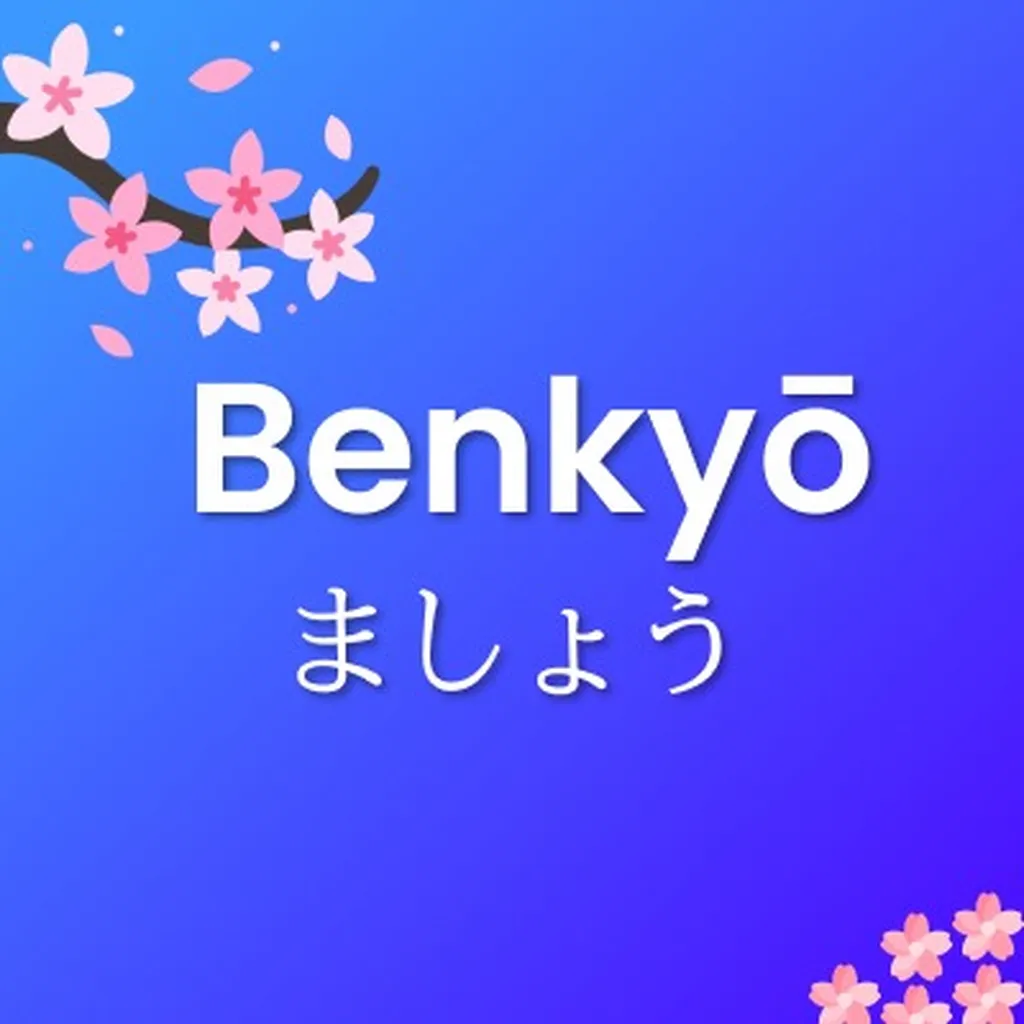Particle の (Possession)
The particle の shows possession or a connection between two nouns. Think of it like "'s" in English or "of" in some contexts.
Example
これは私の本です。
kore wa watashi no hon desu.
This is my book.
Note: の links 'watashi' (I) and 'hon' (book)
それは先生のカバンです。
Sore wa sensei no kaban desu.
That is the teacher's bag.
Note: の indicates the teacher owns the bag
東京の大学
Tōkyō no daigaku
A Tokyo university
Note: の connects location and institution
How It Works
Understanding の is essential for expressing relationships between things in Japanese. Here are the main ways it's used:
Ownership
When you want to show that something belongs to someone, の connects the owner and the item. For instance,
これは私のかばんです
– "This is my bag."
This is the most straightforward use of の.
Categorization
の can connect two nouns to show what category something belongs to. For example,
にほんの茶
– "tea of Japan/Japanese tea."
This usage helps you describe things by their origin or type.
Description
の can also connect abstract concepts. For example,
がくせいの時
– "the time of being a student" or "when I was a student."
This allows you to create more complex descriptions.
Connection Between Nouns
の can link two nouns where the first noun describes the second. Here are some common patterns:
会社の名前 – "the company's name"
東京の地図 – "a map of Tokyo"
日本の会社 – "a Japanese company"
This pattern is extremely versatile and you'll use it frequently in Japanese.
Cultural Note: In business settings, you'll often hear の used when exchanging business cards
名刺.
For example,
"XYZ会社の田中です"
(I'm Tanaka from XYZ Company).
